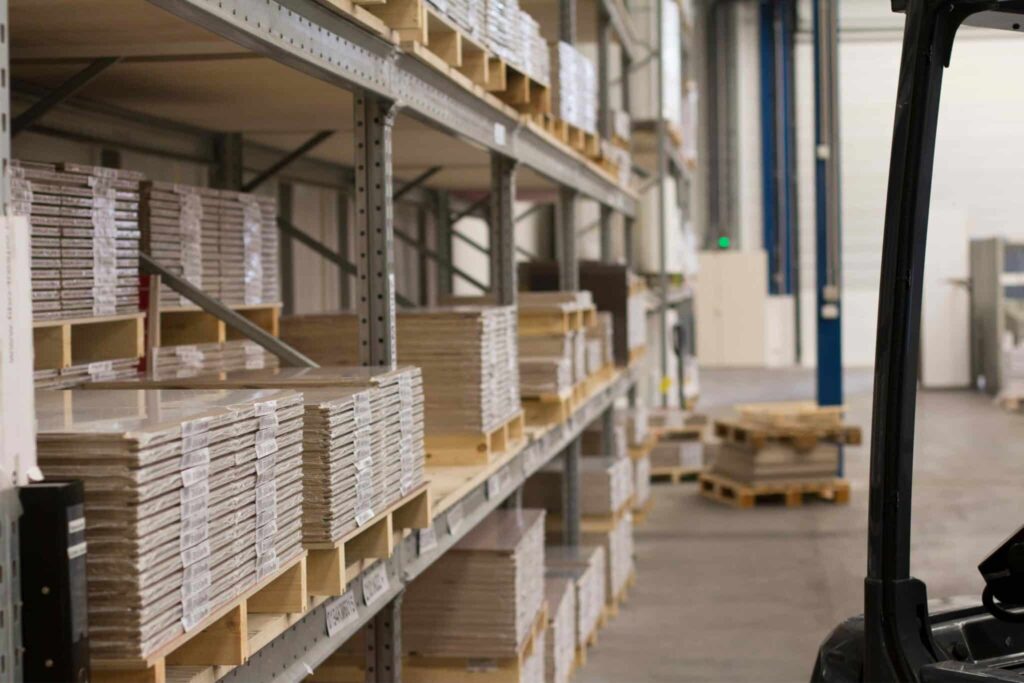
PEFC and FSC
PEFC (Programme for the Endorsement of Forest Certification) and FSC® (Forest Stewardship Council®) are two international non-profit organizations that work for sustainable forestry through independent third-party forest certification. Through certification programs, they verify that forest products come from sustainably managed forests, allowing consumers to make informed choices and support responsible forest industries.
What is PEFC?
PEFC provides a framework for forest certification that promotes responsible management of forest resources. Through PEFC certification, it ensures that forestry practices adhere to strict environmental, social, and economic criteria. This includes protecting biodiversity, conserving ecosystems, and respecting the rights of local communities.
Products carrying the PEFC label are made from timber sourced from forests certified according to PEFC standards. By choosing PEFC-certified products, consumers and businesses can contribute to supporting sustainable forestry and preserving valuable forest resources for future generations.
This is how it works
PEFC is known for its dedication to responsible sourcing of timber from sustainably managed forests. The organization facilitates this practice through comprehensive forest certification and full traceability in the value chain.
PEFC’s approach to forestry is based on three main principles:
1. Sustainable forestry with a focus on environmental, social, and economic considerations.
The Norwegian PEFC Forest Standard, consisting of 30 specific requirements, provides guidance to forest owners in Norway. All parties involved in forest management undergo specialized training in this standard, and through group certification, forest owners commit to complying with the requirements, ensuring a holistic and sustainable approach to forestry.
2. Full traceability and labelling of products.
Manufacturers and retailers must meet the requirements of the PEFC Chain of Custody Standard to be certified. This standard sets requirements for the company’s management system, due diligence, material accounting, and documentation. Certification ensures that the timber can be traced from the forest to the finished product, and the PEFC label is only used on products that meet strict sustainability criteria. If a link in the chain is not certified, the traceability is broken, and the product cannot be marketed as PEFC-certified.
3. Independent third-party certification.
While PEFC develops the standards, certification and monitoring of stakeholders are carried out by independent certification bodies. This ensures objectivity and impartiality. These bodies must be accredited by national accreditation bodies and notified by PEFC nationally. This way, PEFC maintains the high standard and credibility of its certifications.
Choosing the PEFC label contributes to a sustainable future and supports responsible forestry worldwide. Together, we can preserve valuable forests and ensure a healthy and balanced planet for future generations.
Fibos PEFC licence code is: PEFC/03-31-72
What is FSC?
FSC® (Forest Stewardship Council®) also provides a framework for forest certification, promoting responsible management of forest resources. Through FSC certification, it ensures that forestry practices meet strict environmental, social, and economic criteria. This includes protecting biodiversity, conserving ecosystems, and respecting the rights of local communities.
Products carrying the FSC label are made from timber sourced from forests certified according to FSC standards. By choosing FSC-certified products, consumers and businesses can actively contribute to supporting sustainable forestry and preserving valuable forest resources for future generations. With the FSC label, one can trust that the products are produced with consideration for both the environment and society, thus contributing to promoting more sustainable and balanced utilization of our forests.
Fibo’s FSC licence code is: FSC C168356

